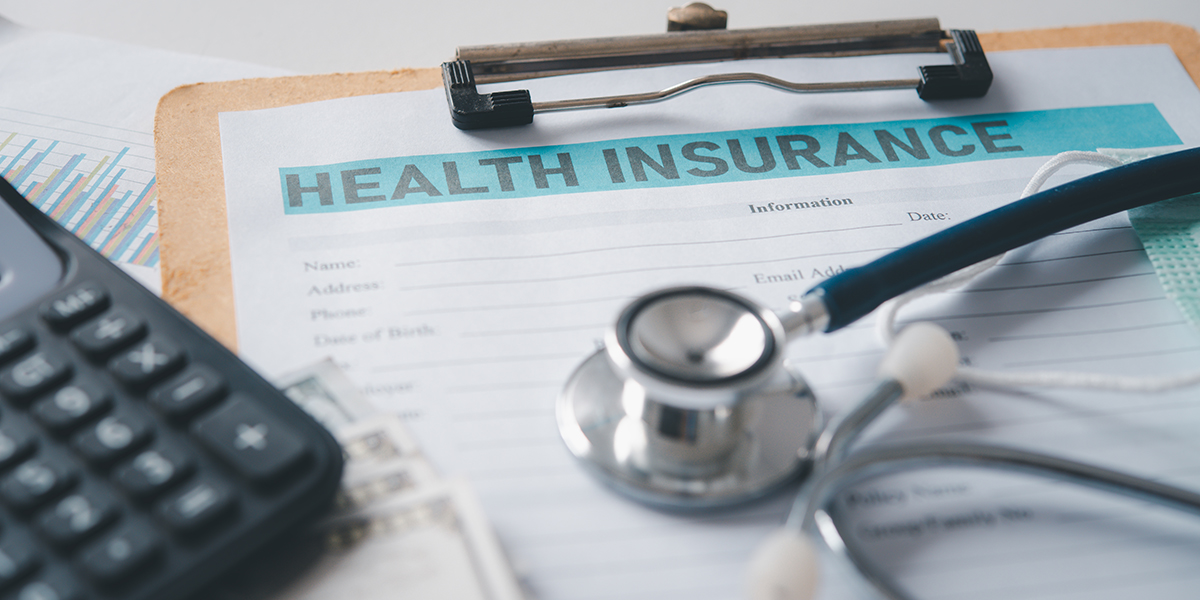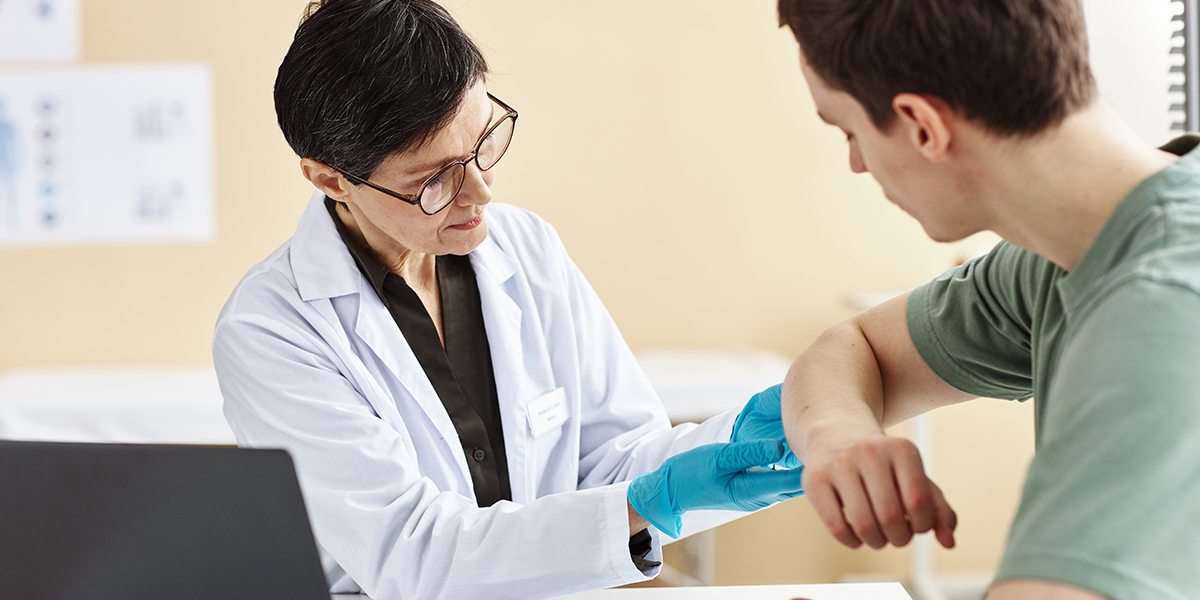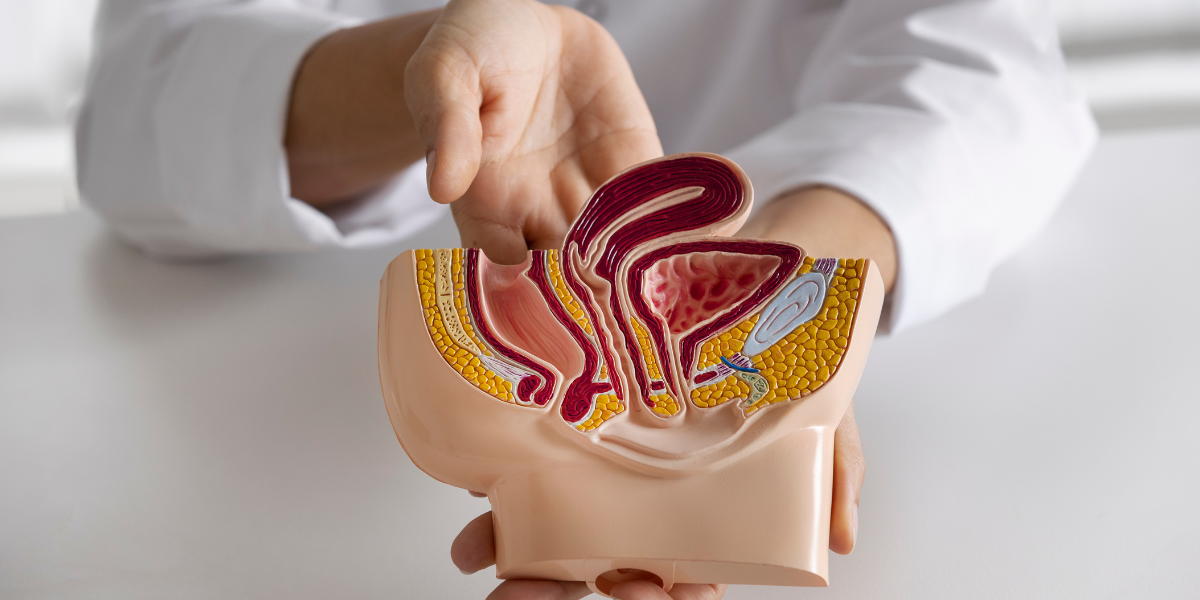Regular screenings for breast cancer are so important because of its severity and commonality. 1 in 8 women will be diagnosed with breast cancer, and 43,250 women in the U.S. are expected to die in 2022 from breast cancer. The key to survival and getting medical treatment is early detection.
Want to know what OnSite Health can do for you?
>>Click Here for our ROI Fact Sheet<<
The Importance of Screening for Breast Cancer
Breast cancer is the second most common cancer among women in the United States. This is why mammograms are part of an annual practice for women over 40. For women who are at higher risk due to genetics, family history, or have had radiation therapy to the chest, should have regular mammograms sooner.
Women considered at average risk (no known risk factors) for breast cancer should follow these screening guidelines:
- Ages between 40 and 44 can choose to start having annual mammograms
- Ages between 45 and 54 are strongly encouraged to have an annual mammogram
- People over 55 are encouraged to have a mammogram every 2 years but can choose to still have an annual mammogram
Types of Breast Cancer Screenings
Self Check
Self-checks are a common way for you to check how your breasts look and feel. You should be familiar with the shape, weight, and texture of your breast. Check for any hard lumps or masses and report these changes to a healthcare provider. Some other abnormalities to be aware of include:
- breast swelling
- breast pain
- nipple pain
- nipple inversion
- nipple discharge
- skin dimpling
- swollen lymph nodes

Self-examine your breasts regularly to check for abnormalities | Image by stefamerpik
Breast MRI
A breast MRI is for certain women who are at high risk for breast cancer. Breast MRIs alone are not recommended as a screening test because it can miss some cancer that mammograms would pick up. While MRIs can find some cancers not seen on a mammogram, they also identify things that turn out not to be cancer—false positives—that often lead to unnecessary tests and biopsies. This is why MRIs are usually recommended only to those with prevalent risk factors.
Mammogram
Mammograms are used as a screening test for all women with or without symptoms. Medical professionals recommend getting a screen annually. They can help show abnormal areas in the breast. Although the mammogram can’t determine exactly if that abnormal area is cancerous, it does help healthcare providers determine if more tests, such as breast biopsies, are necessary

Annual mammograms are key in detecting breast cancer in its early stages.
Ultrasound
Breast ultrasounds use soundwaves to create images of the inside of breasts. Ultrasounds may be used to reexamine an area that was detected during a mammogram but couldn’t be fully identified. They may also be used to look for lumps or masses that can be felt. Ultrasounds are also used during biopsies: the images they create can guide a needle so cells can be removed and tested.
3D Mammography
3D mammography is a new type of mammogram technology. They result in clearer images than traditional mammograms. It has shown that it can detect more cancer and it can require less follow-up imaging.
Breast cancer is much easier to treat and has higher survival rates when caught early. That’s why every woman should understand the importance of screening for breast cancer.
At OnSite Health, we specialize in on-site health screenings for all employees in the workplace including biometrics, blood pressure, glucose, and vision screenings. The screening results will allow our nurses to educate your staff and encourage them to see a doctor to have their annual mammograms if necessary.





